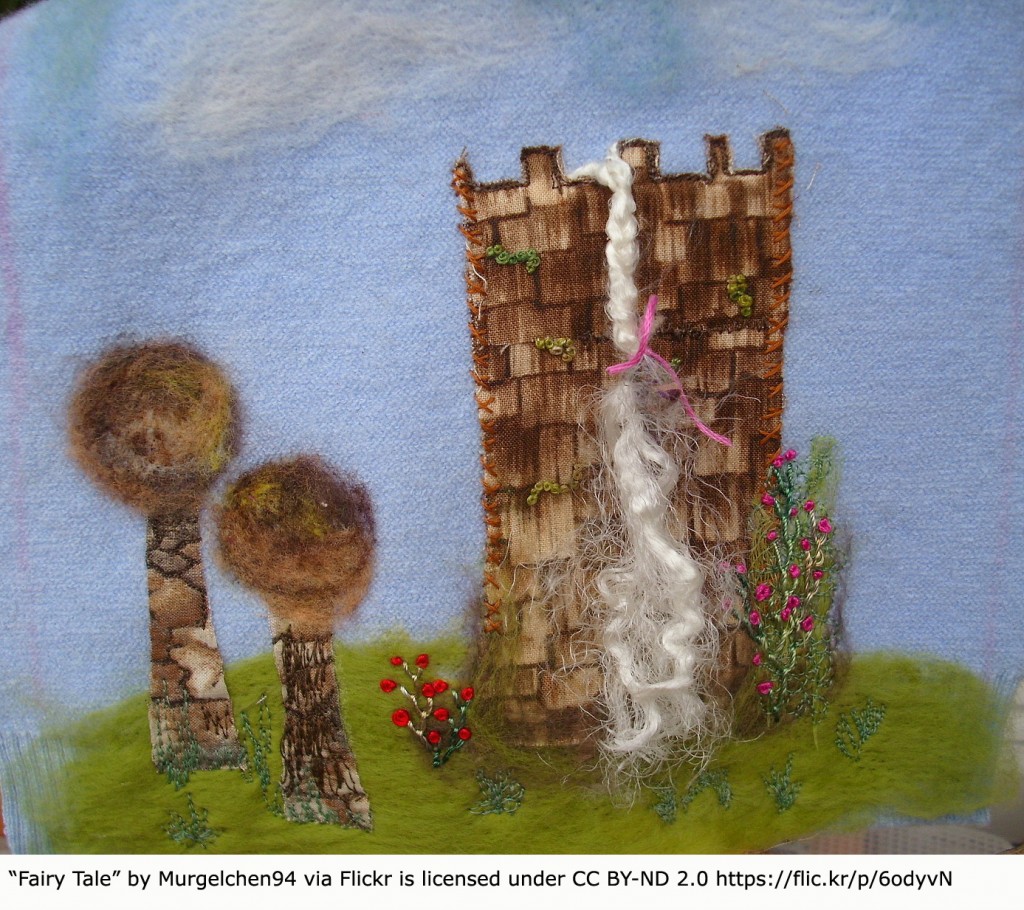
Reading world folktales and fables is not only a wonderful way to entertain and bond with children, it is also an effective way to educate them. The stories in classic folklore offer both social lessons as well as an opportunity to teach about cultures and languages. World Folktales and Fables week is celebrated the third week of each March, so be sure to enjoy a good folktale in your classroom or home!
Children love folktales and fables. With their simple characters and settings, as well as an enticing conflict early in the story, folktales immediately grab a reader’s attention. Recall The Three Billy Goats Gruff, in which all three goats need to get to the other side of the bridge for food, but a hungry troll stands in their way. The stories develop quickly, and often obstacles seem insurmountable before, in the end, everything is resolved to our satisfaction. Good triumphs over evil.
The repetition and rhythm we see in stories such as Goldilocks and the Three Bears and The Little Red Hen and the Grains of Wheat, also are very appealing to children. And, of course, everyone loves when humor and cunning are used to outsmart an adversary.
Folktales provide an excellent way to teach kids about the consequences of good and bad behavior, the importance of cooperation, and the rewards of courage and ingenuity. In one of my favorite stories, The Giant Turnip (an adaptation of the Russian story The Enormous Turnip), a class grows a huge turnip and works together to figure out how to pull it out of the ground. The story helps young children grasp the benefits of community and working together.
Folktales also offer a great entry point for teaching children about other cultures. For instance, the fable Dragon’s Tears is a wonderful starting point to explore Chinese Culture. Ali Baba and the Forty Thieves can be used to begin teaching and learning about Arabic culture.
Bilingual editions of these traditional stories allow the parent or teacher to expose children not only to a different culture, but also to another language. I like to use Language Lizard’s bilingual version of the Indian folktale Buri and the Marrow (in which Buri wears an Indian sari) to expose my children to traditional Indian stories and foreign language scripts. The audio CD even lets them hear the story in Bengali and other foreign languages.
Folktales and fables have survived the test of time for a reason. So pick up a story, sit down with a child, and enjoy!
For World Folktales & Fables Week 2016, Language Lizard is offering a 10% discount on the following bilingual World Folktales and Fables available in English with multiple other languages: Buri and the Marrow, The Crow King, The Dragon’s Tears, Goose Fables, Lion Fables and Yeh Hsien: A Chinese Cinderella. Simply enter coupon code FABLES2016 to receive the discount (valid through March 31, 2016).
“Fairy Tale” by Murgelchen94 via Flickr is licensed under CC BY-ND 2.0 https://flic.kr/p/6odyvN
This blog post is linked with the monthly iTeachK-2 linkup. Be sure to check out other bloggers’ tips, teaching strategies, and resources!

